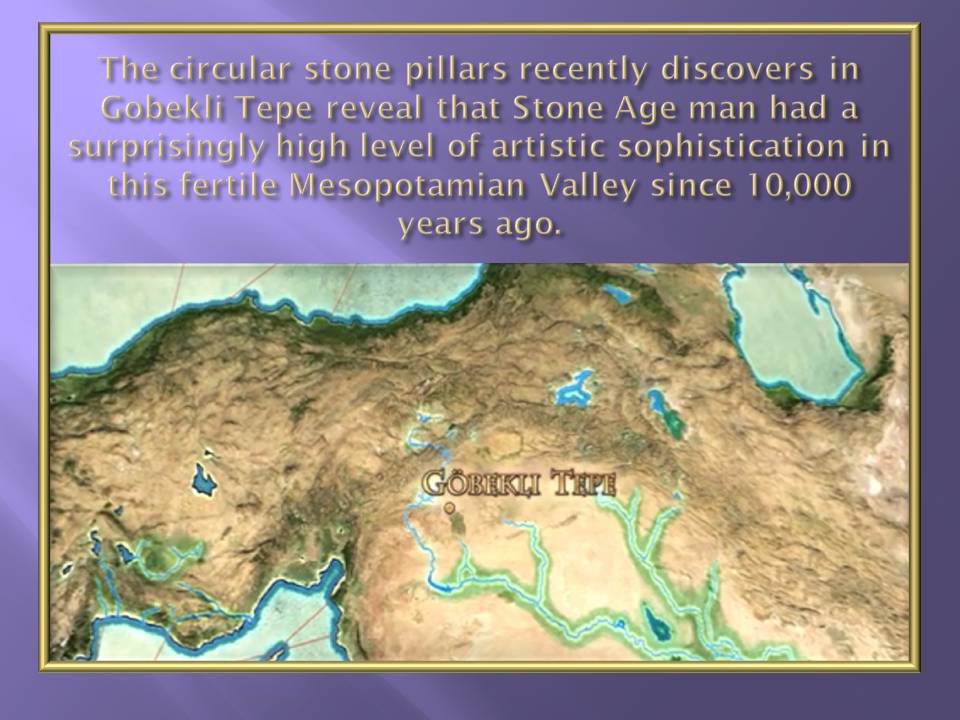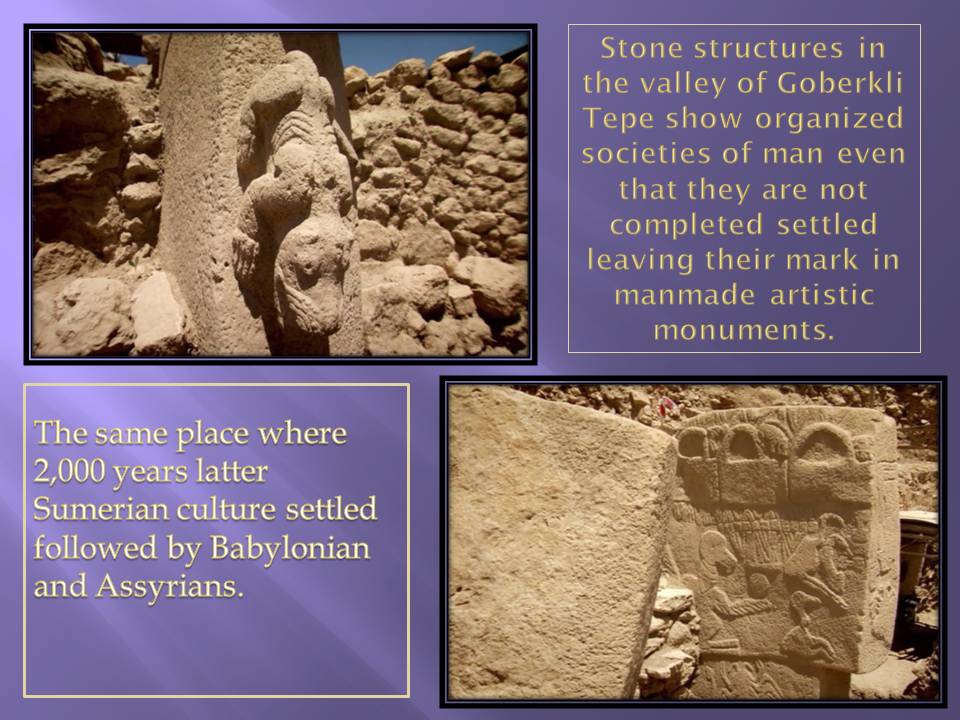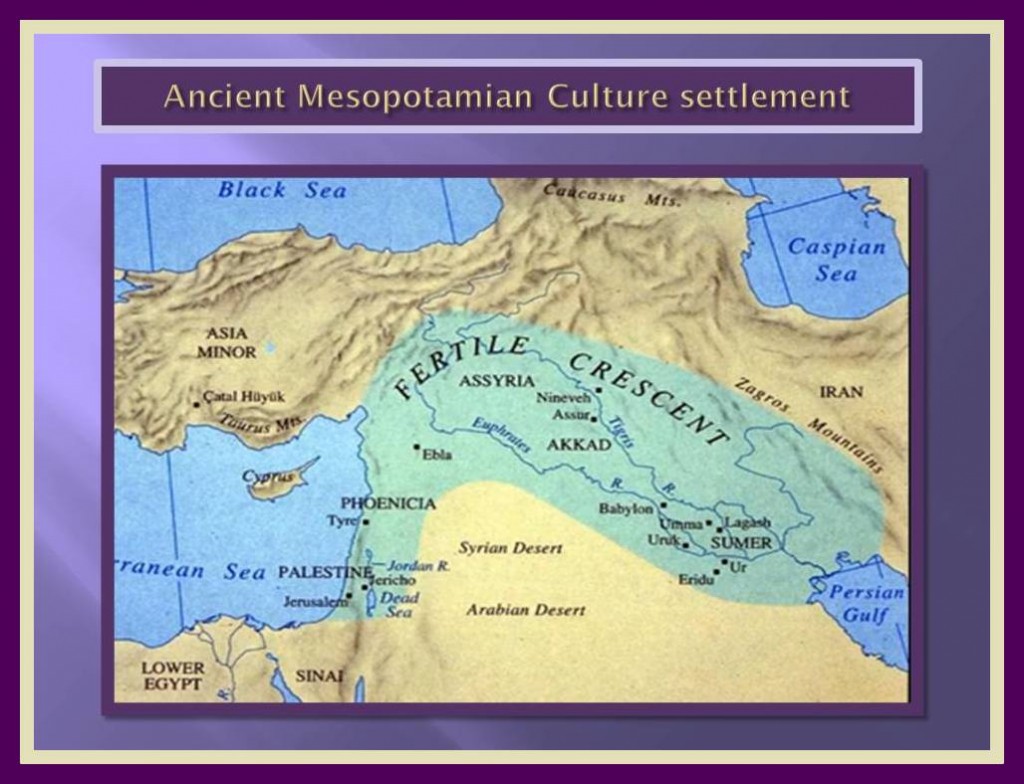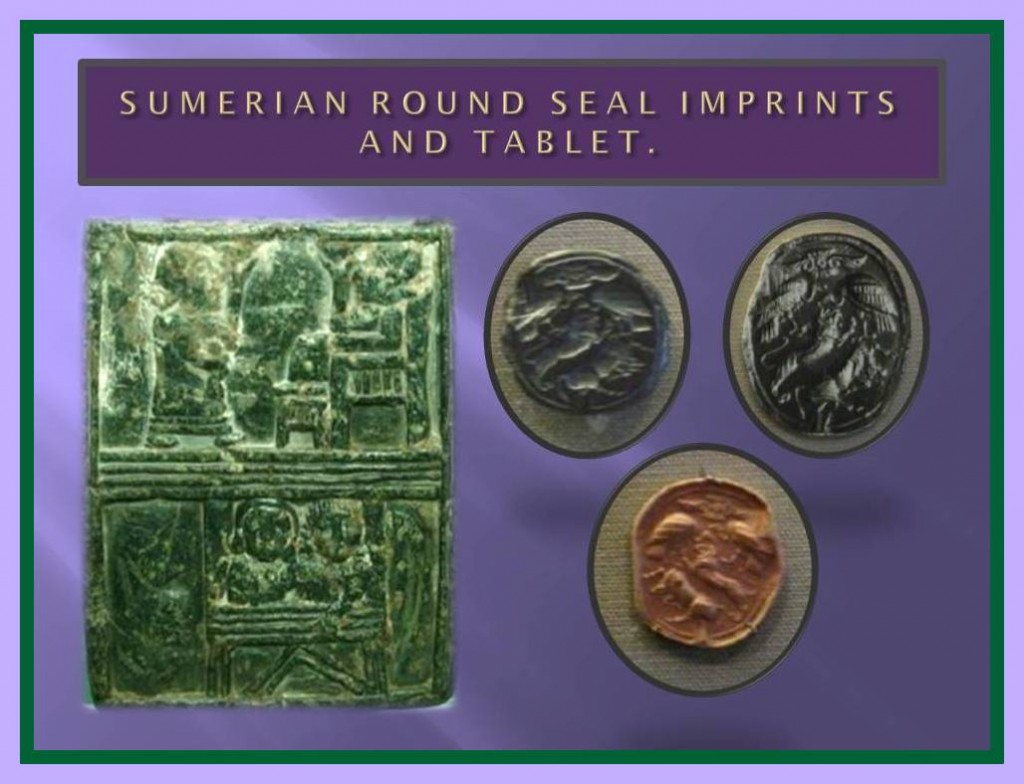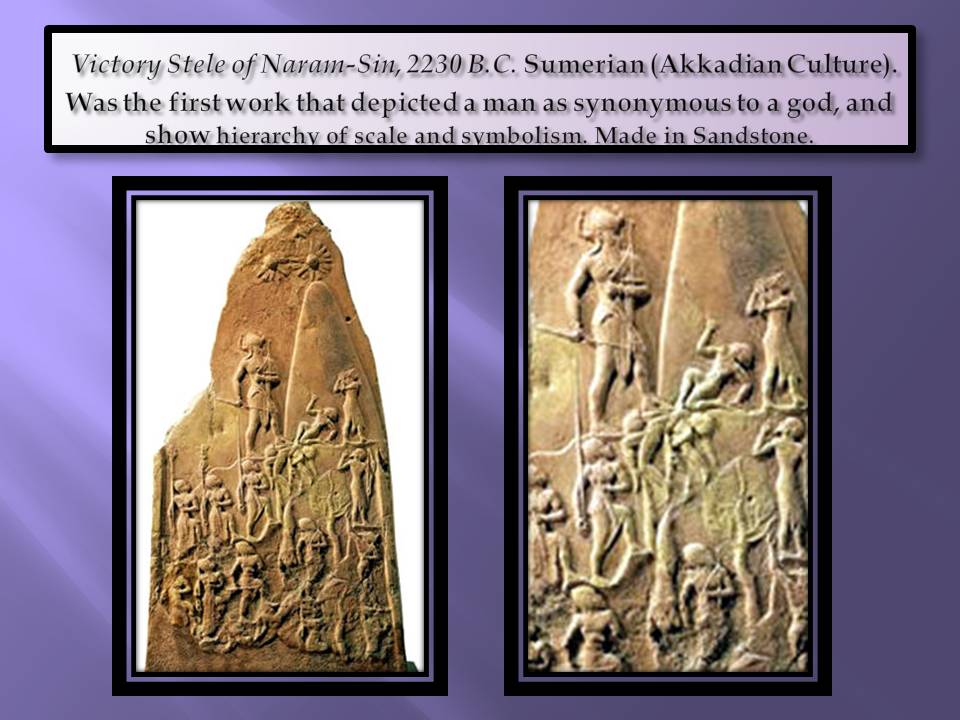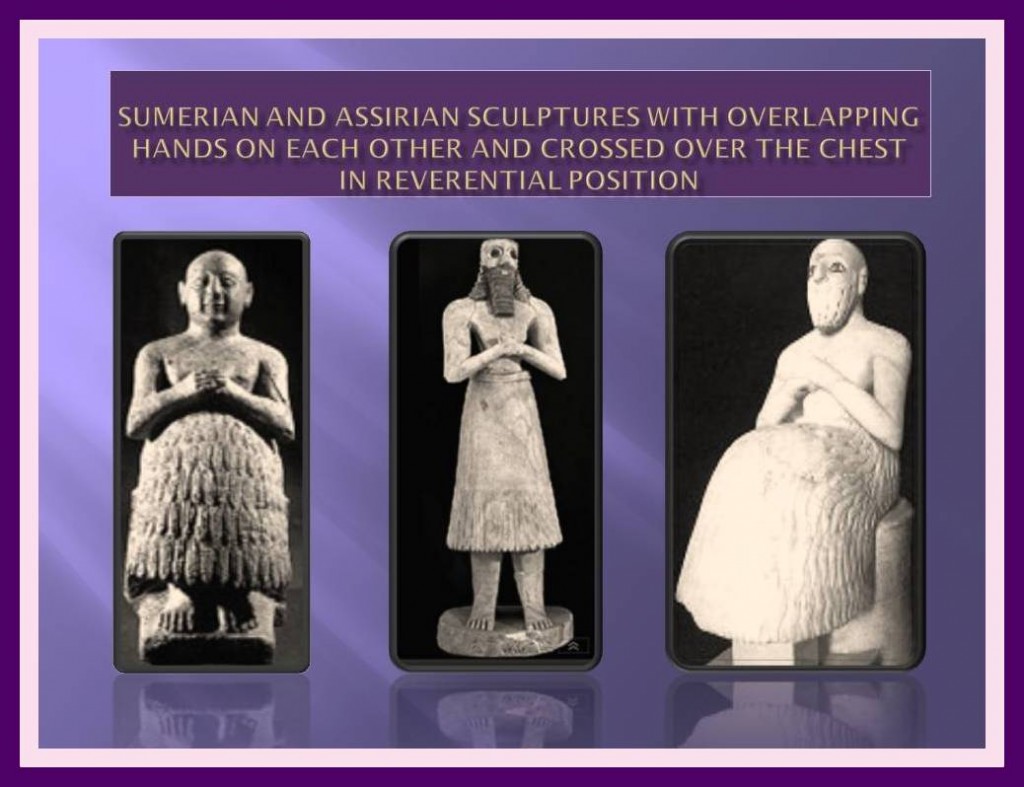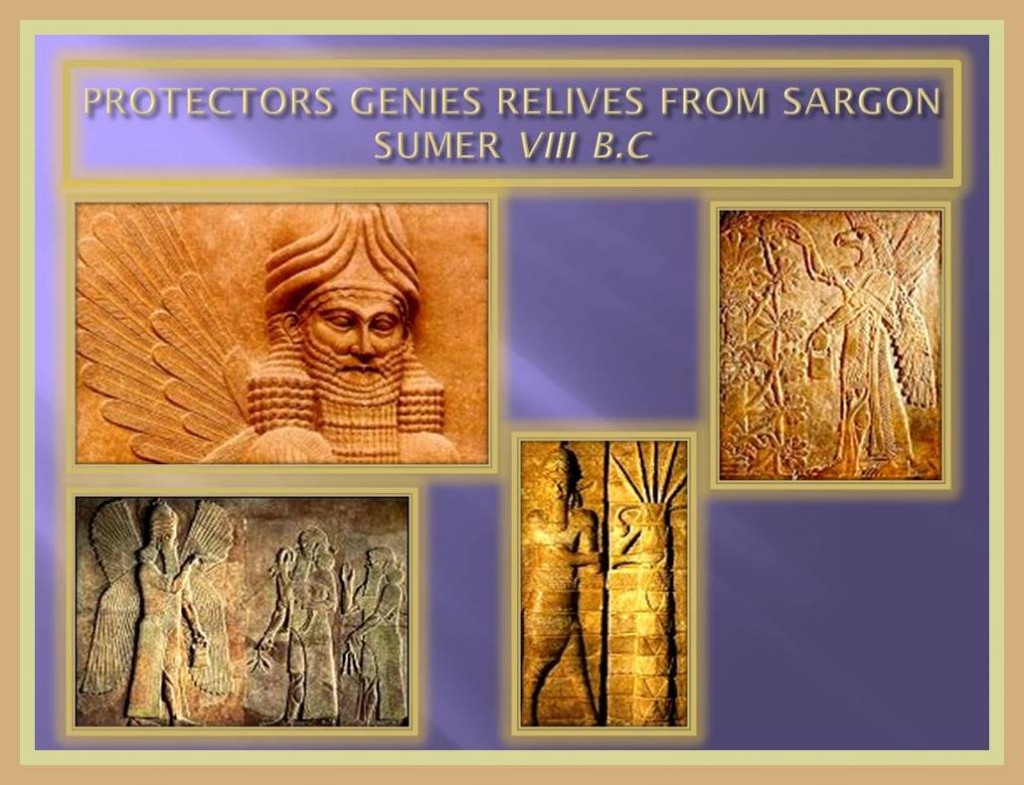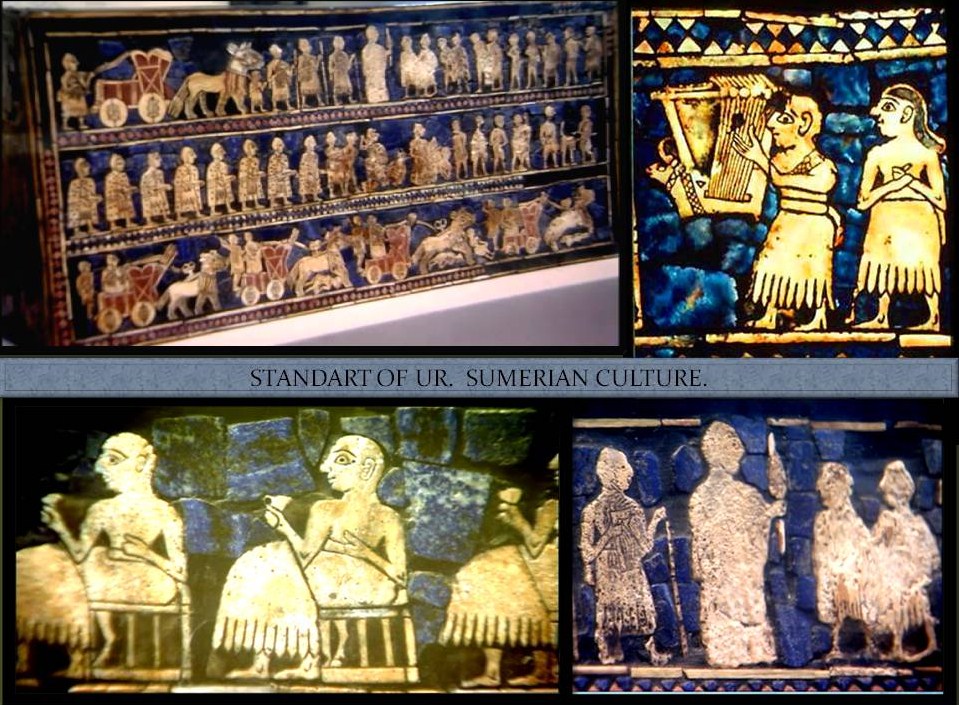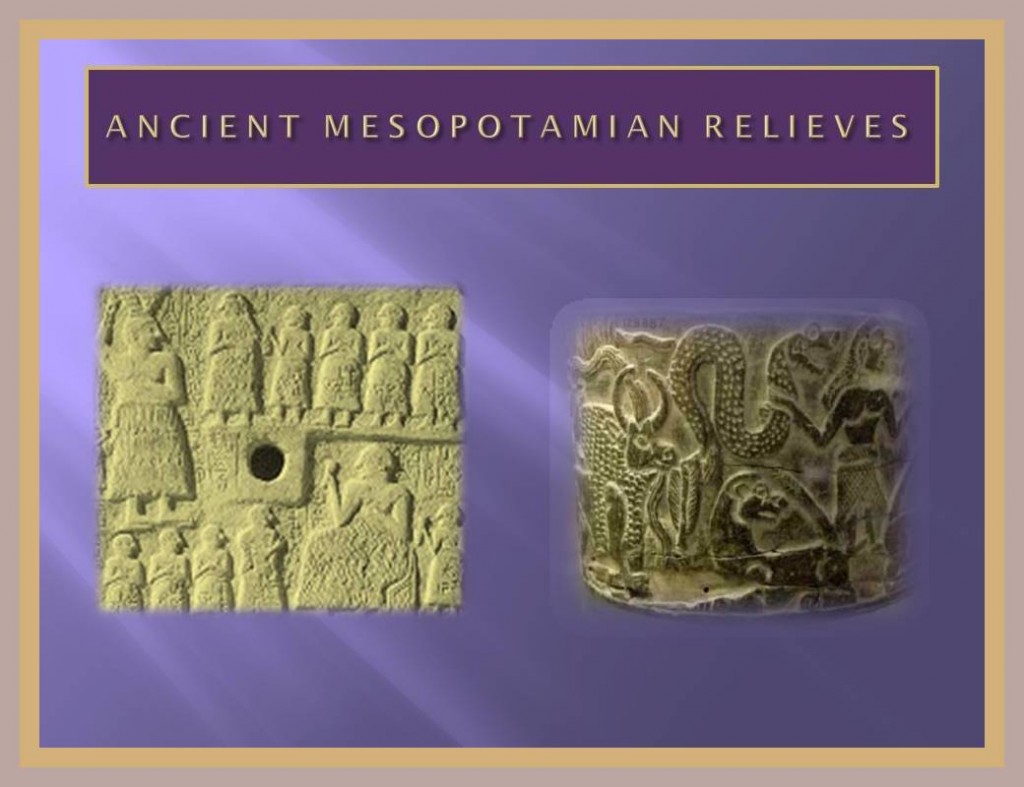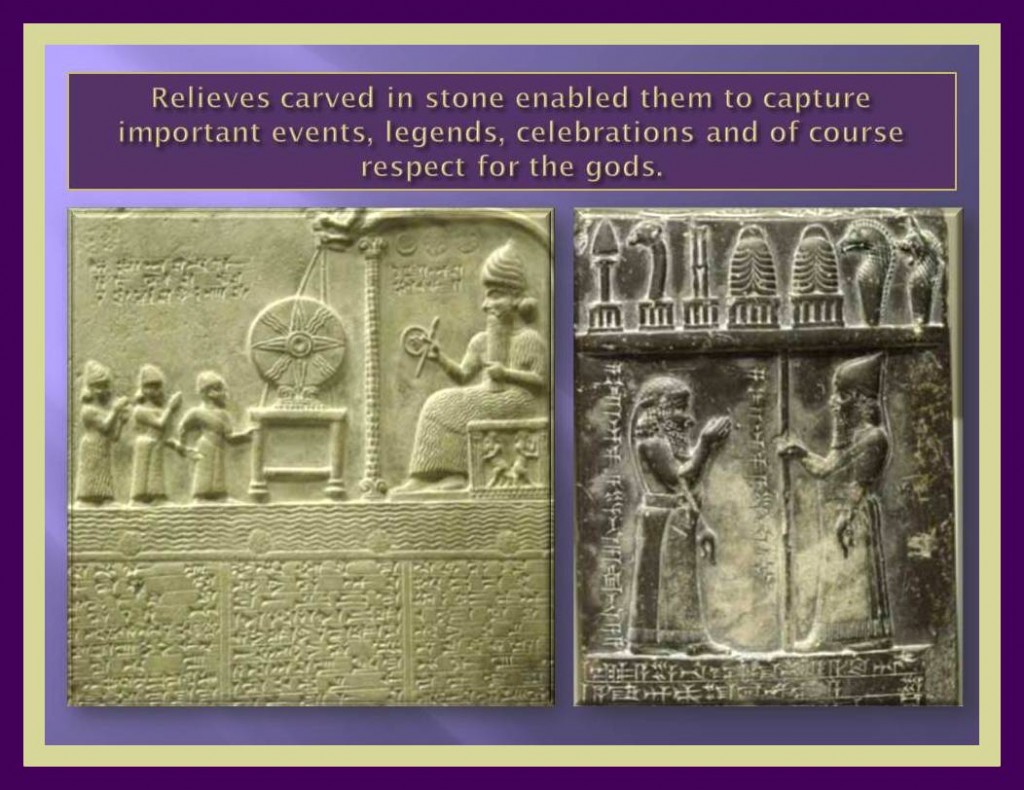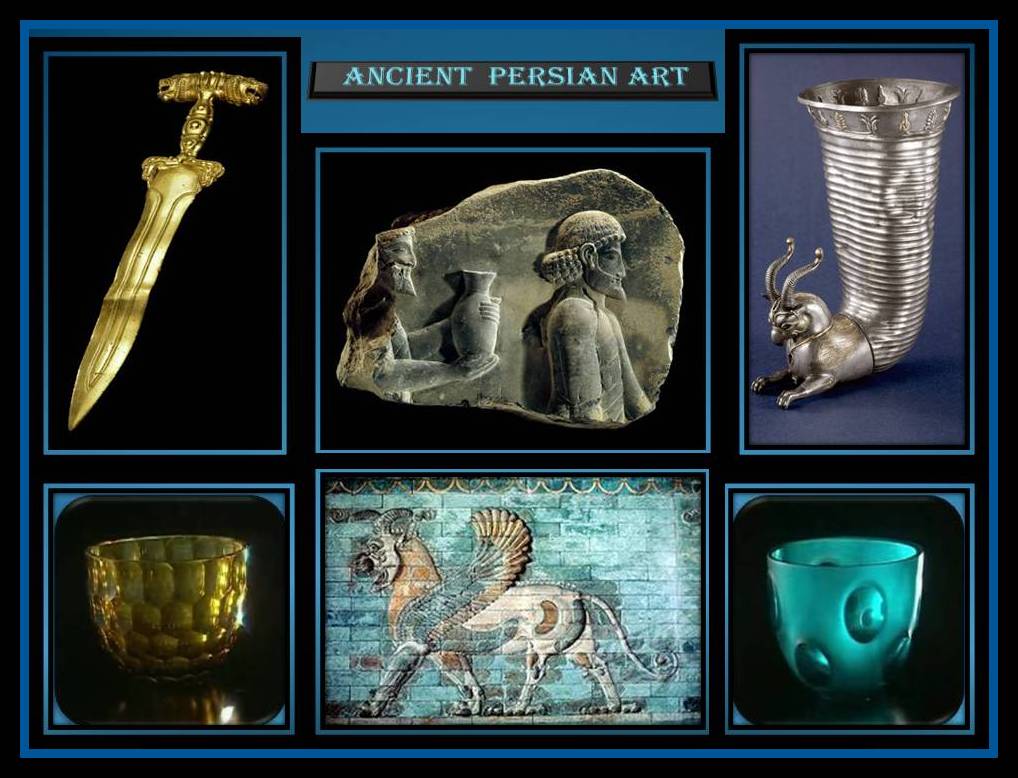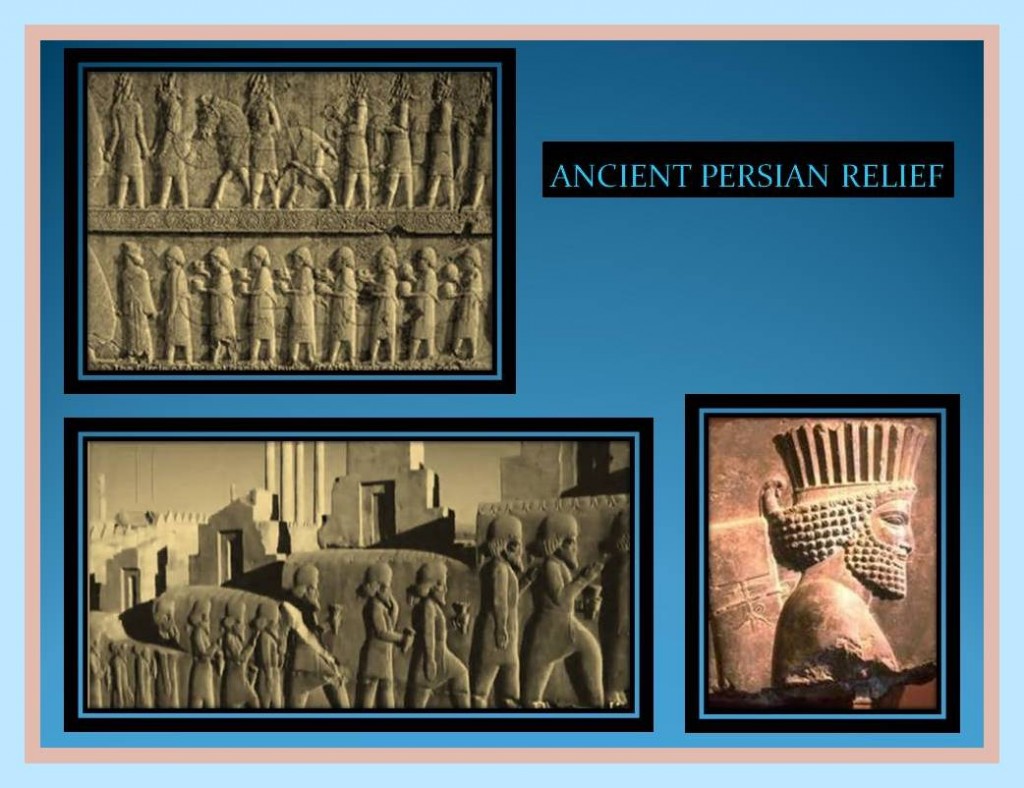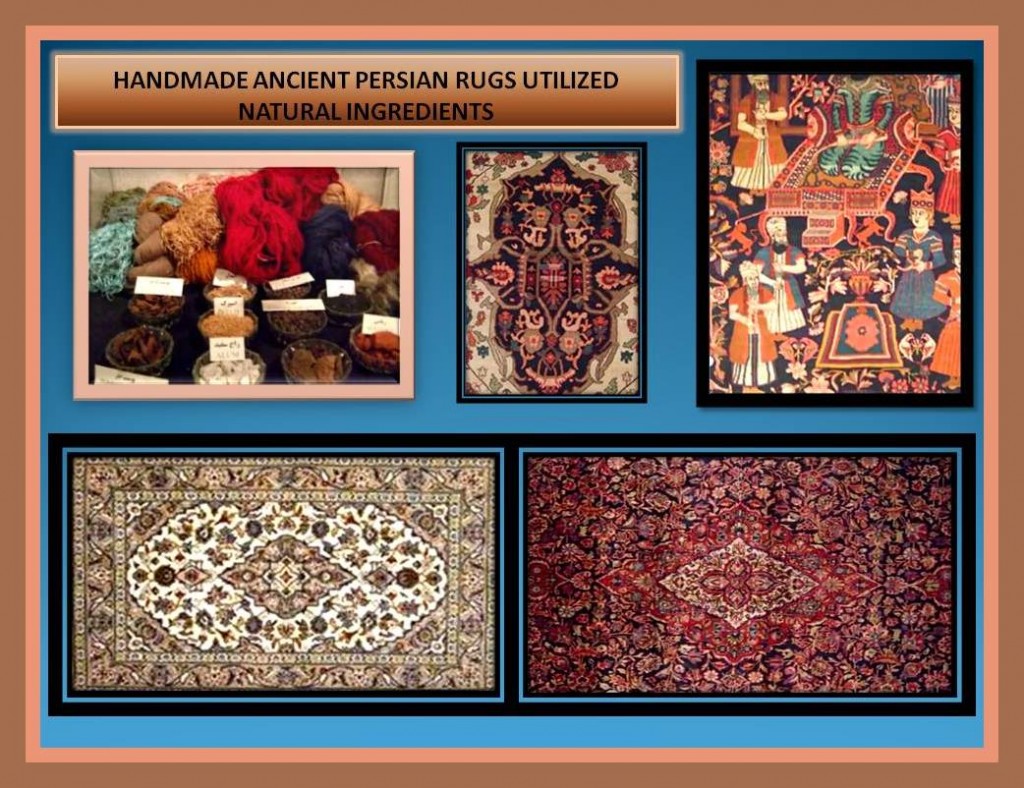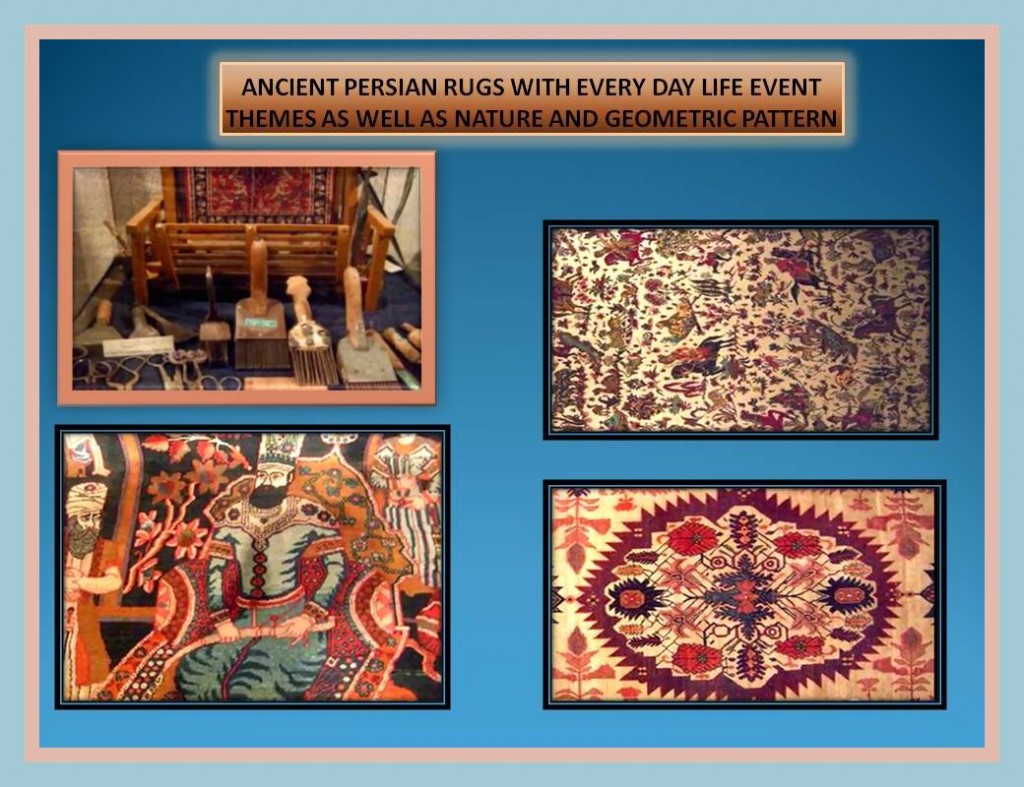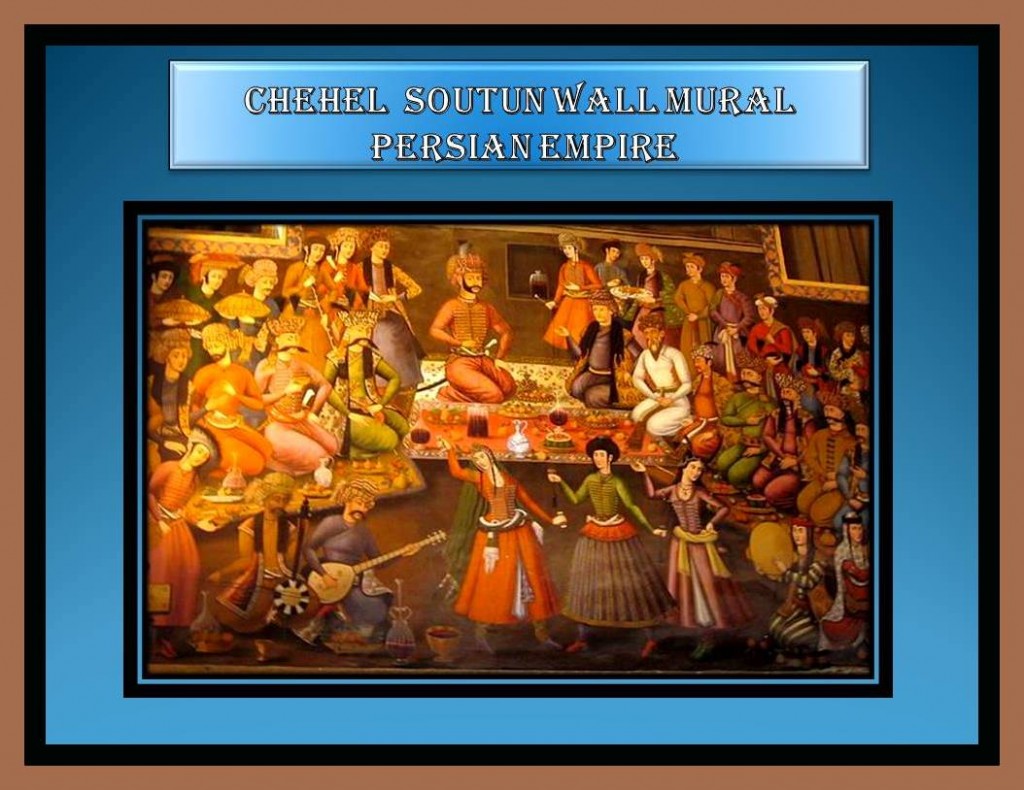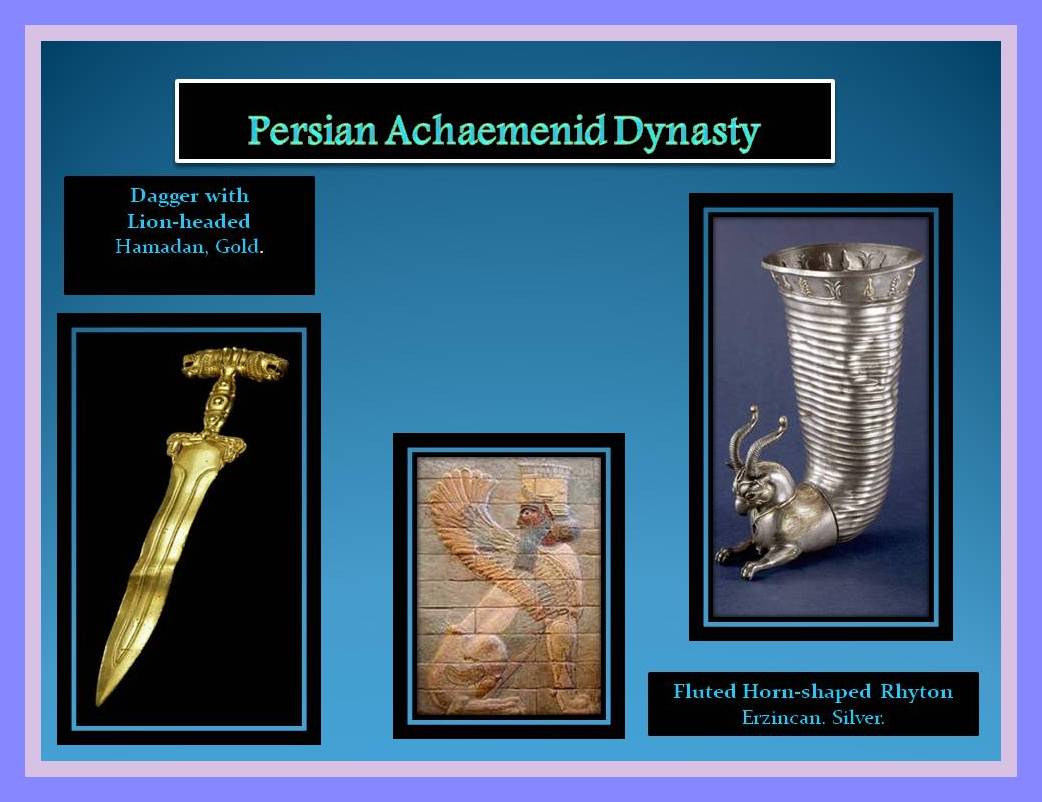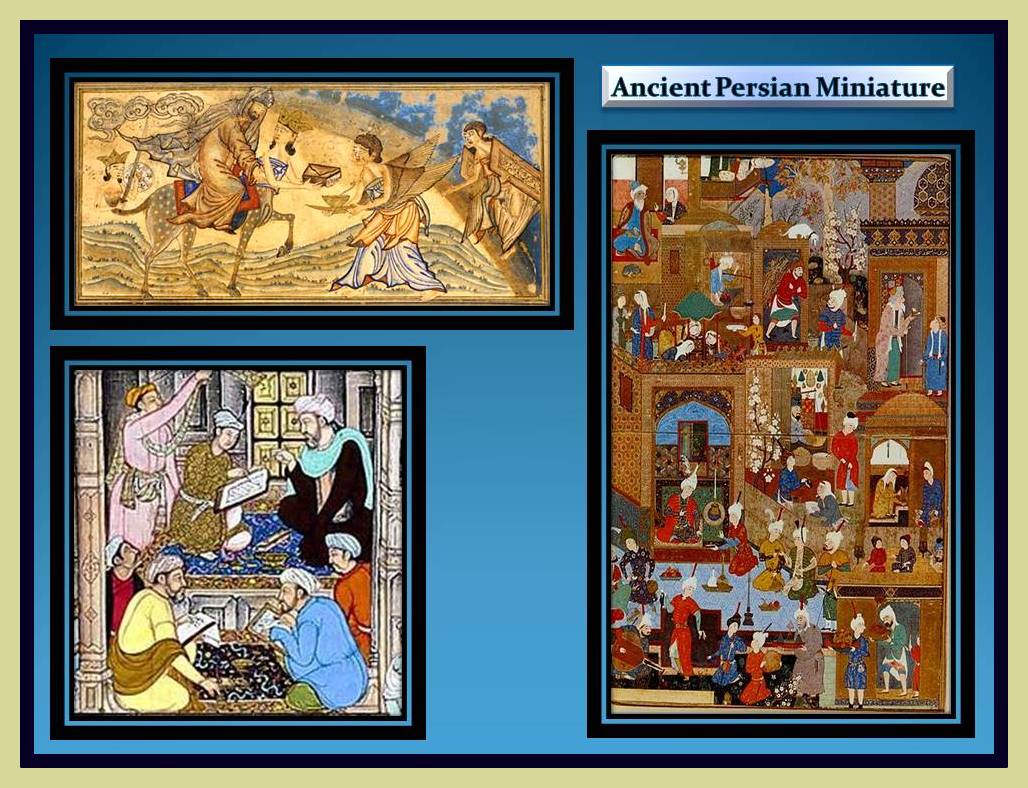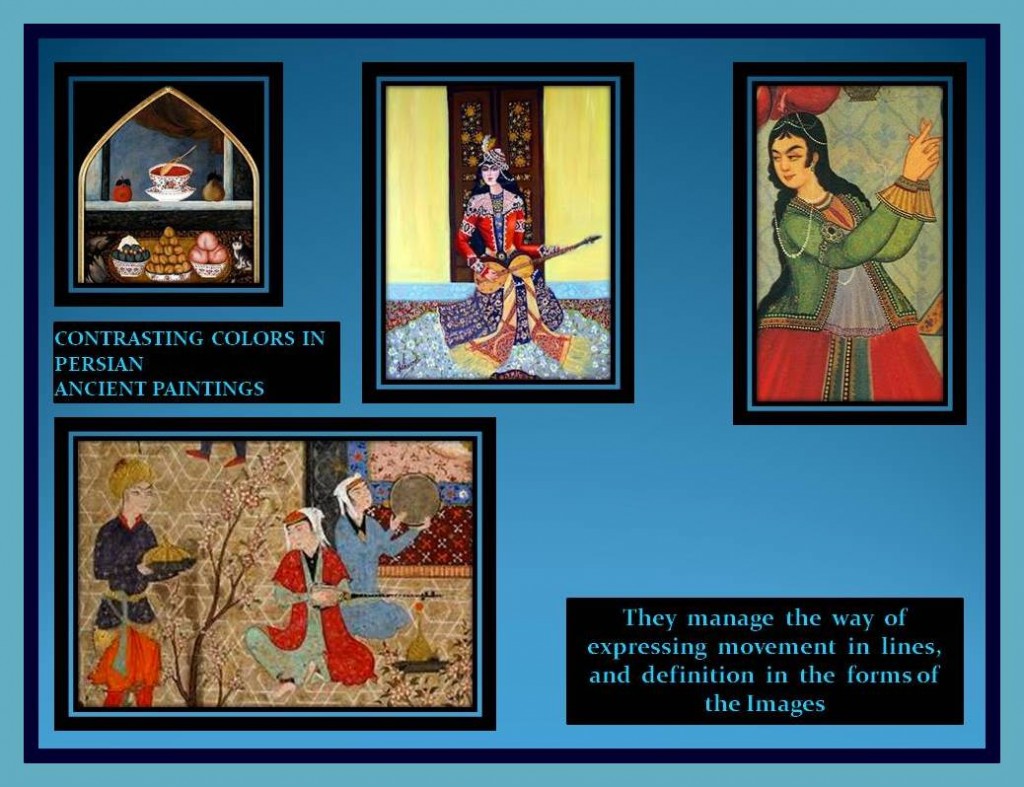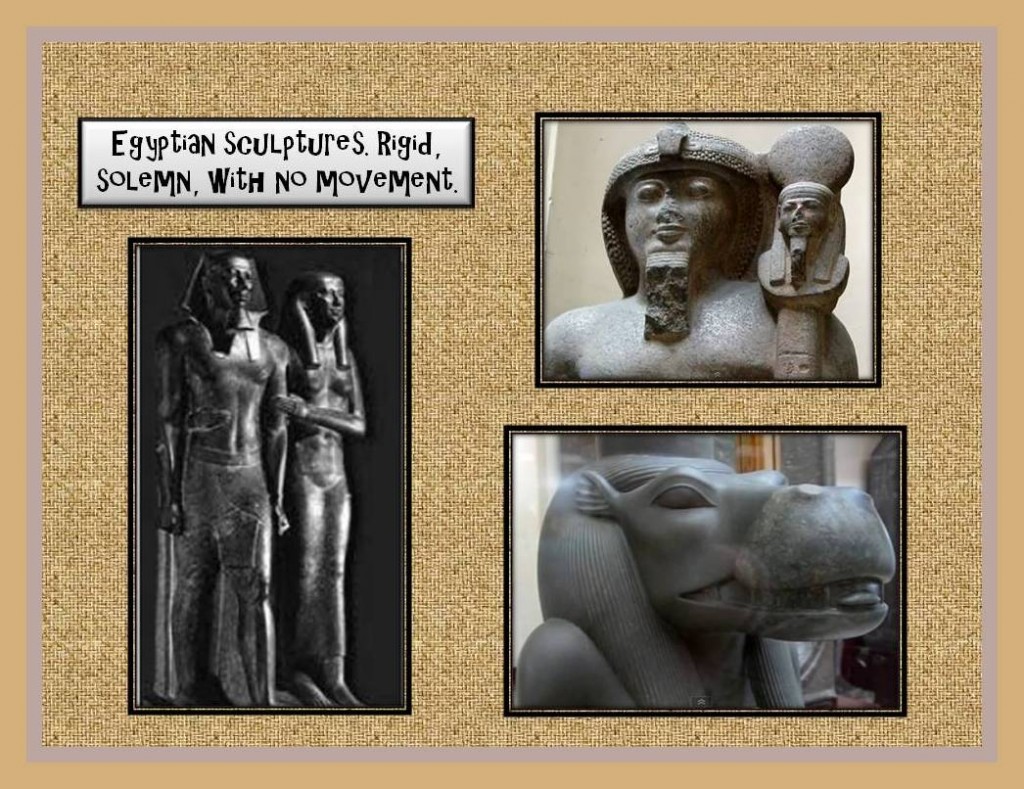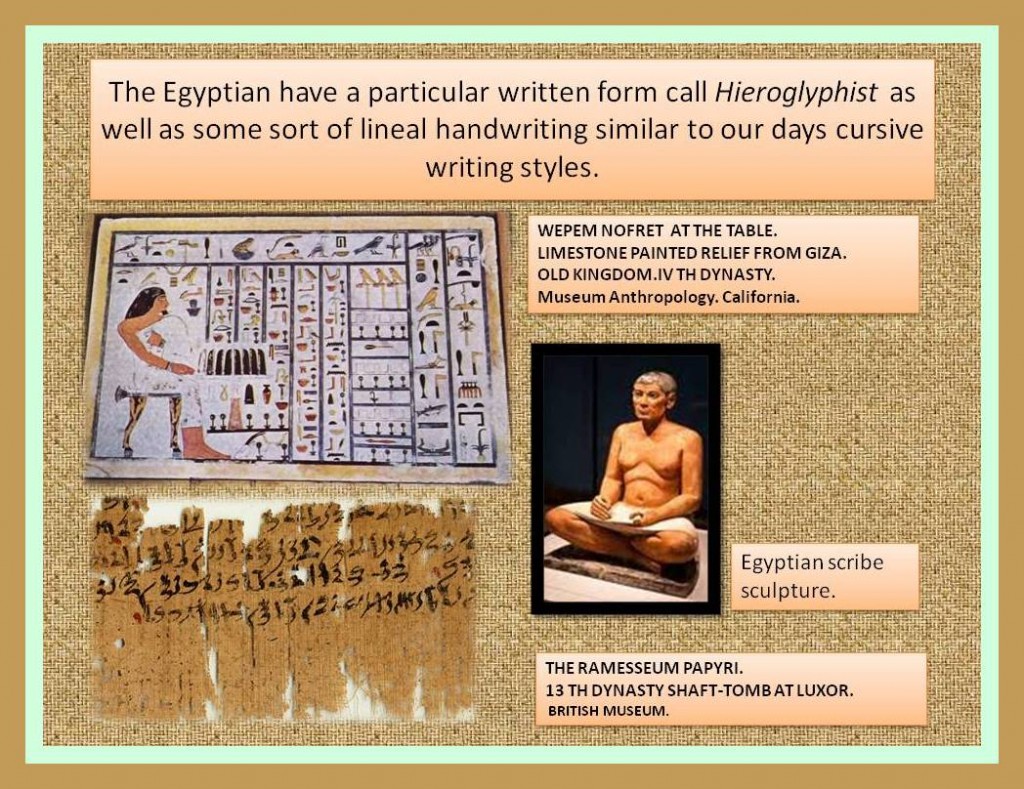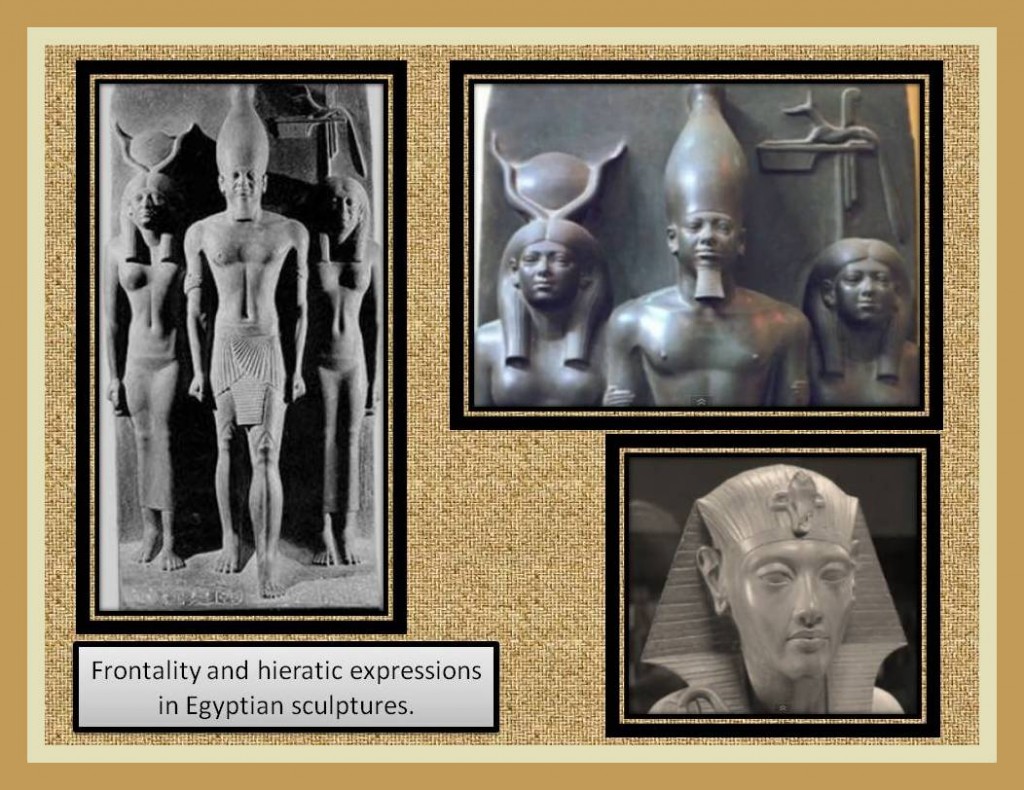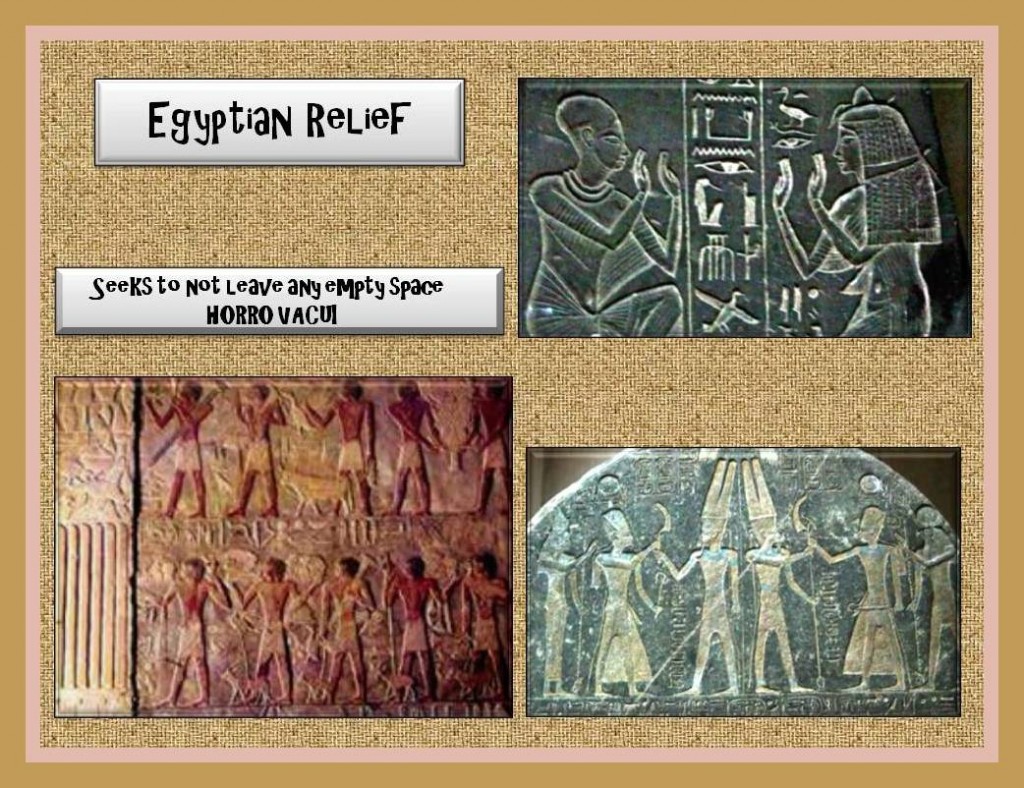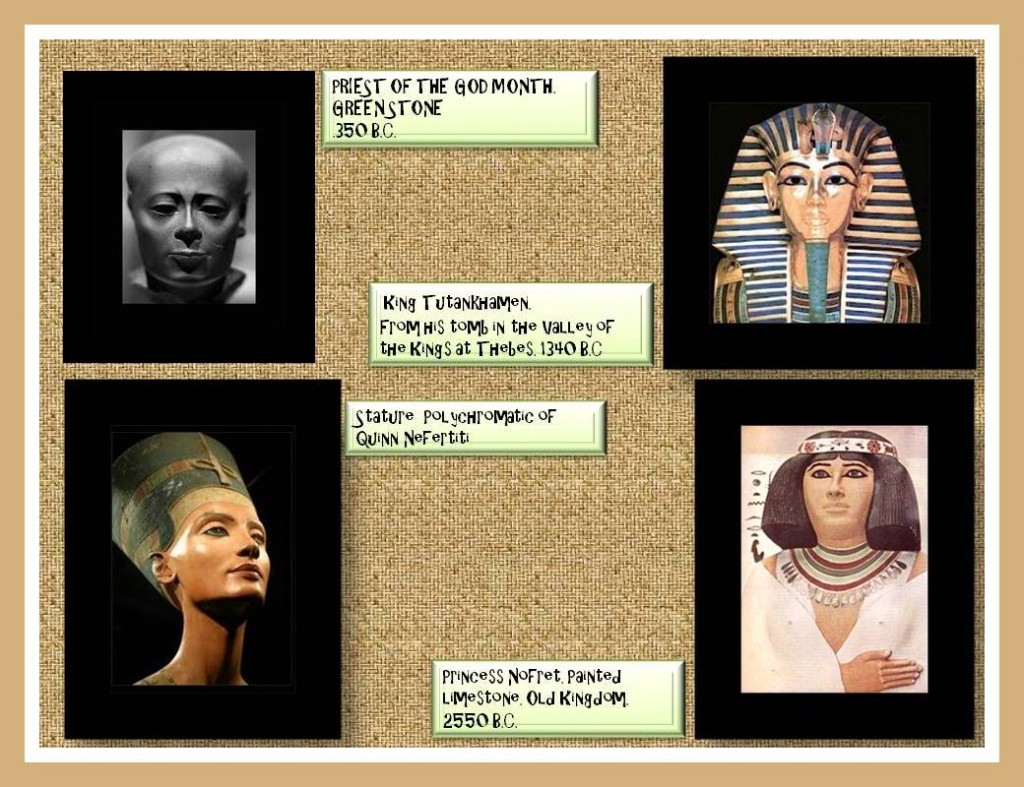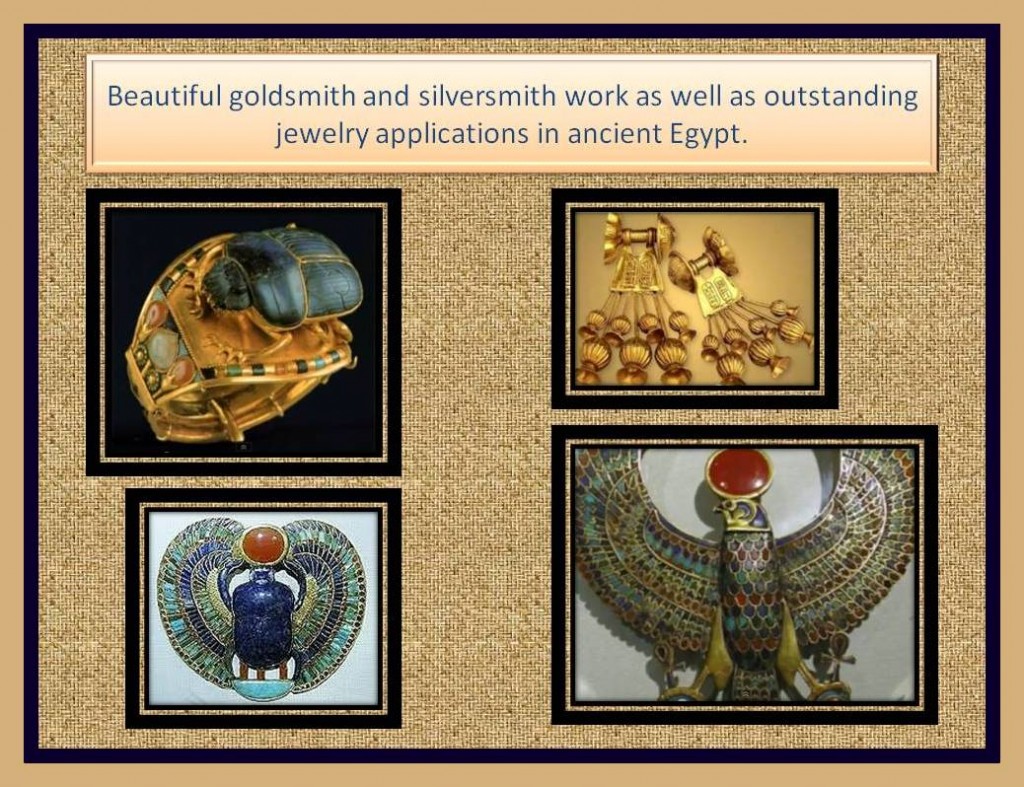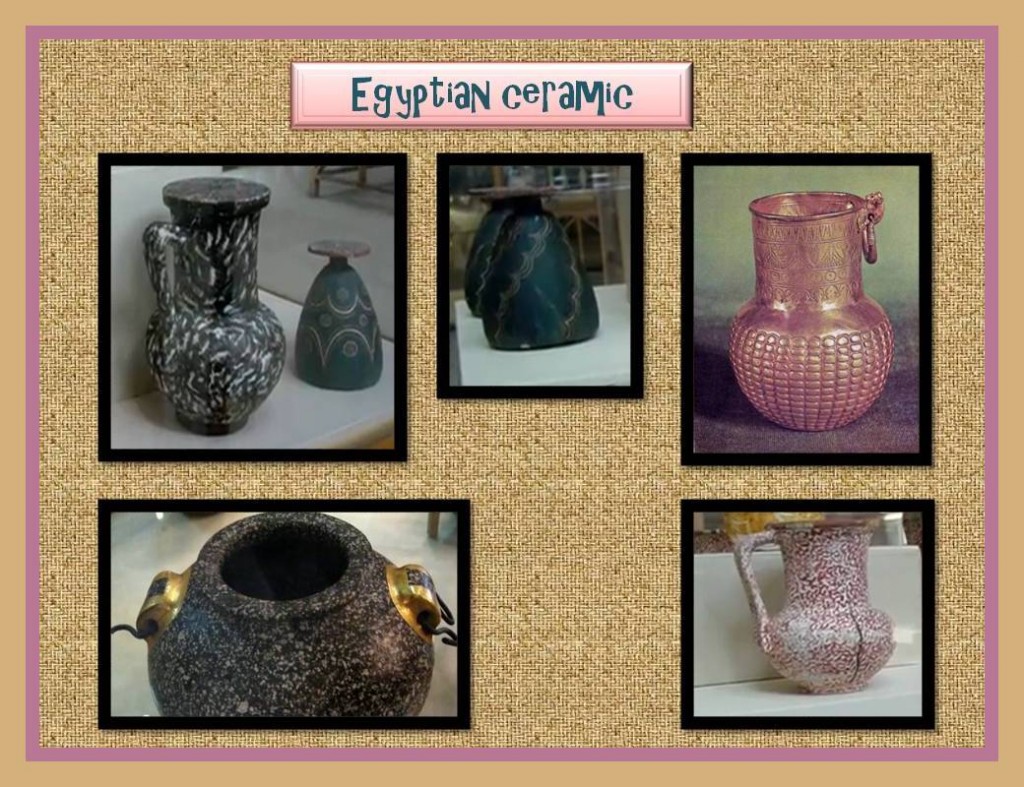Etruscan Architecture
Studies based on different aspects of science, history and archaeology have provided invaluable information about how the etruscan lived based on the remainings graves; the constructions that were made to perpetuate the memory of their dead. Those graves were made resambling the world of the living with all the accomodations; so they love ones could enjoy also confort in their way beyond the realm of the living.
The Etruscans imitated the distribution, constructive and architectural model of the cities in which they lived and reproduced them in the tombs where supposedly, according to their religious beliefs; those who died should rest in an environment similar to one they had in life.
They came to make of the tombs real cities, only which these were made for funerary purposes. It has been found by the archeologies; Etruscan tombs with distribution and interior design imitating the rooms of a house, especially the one that corresponded to aristocrats, important personalities and wealthy people. Inside them has been found stone sitting areas, personal objects, ornaments, jewelry and sculptures among other things that have stood the test of time and which are in many cases true works of art.
Etrucan Types of burials
- The Tomb in the form of trench or pit: dug into the ground and covered by a horizontal headstone or two tombstones form a single roof. It is the simplest type of burial for lowest class people. Many polls Etruscan containing ashes of human remains have been found.
- The molder or CANOPEN, on which were drawings with scenes of Banquet, the handles and lid had form figures. Over time these vessels take on human form, being the top head and handles arms.
- The Cipo is another important menhir-shaped funerary vessel, will be decorated with mundane scenes, procreation and life in the future.
- The Settimello is another type of funerary monument that is placed to the inputs of the tombs, a Cipo with four Lions lifting their legs threateningly, and also ornaments resembling Palms between them.
- The Hypogeum (around the 6th century) Was a camera excavated in the rock. Destined for people of greater power purchasing, noble and aristocrats. The interior mimics the inside of a house, are located side by side forming streets and creating real cities being called graves. They also have decorated the walls and placed the rooms structured imitating the houses inside.
- Burial Mound. They existed in the 7th and 6th B.C. were mounds of Earth to the outside that could have up to 40 meters in diameter. They were not perfectly aligned; but they also have the distribution of cities. An interior hallway leads to different Chambers decorated with reliefs that mimicked the interior of a House. They had pilasters, Windows, stone benches, chairs, vessels, ornaments, small sculptures creating a pleasant atmosphere as if the dead were still alive. Those Mounds have a circular shape, is a low wall built of ashlars, is vaulted and on the outside imitates a natural Hill. The burial chamber is decorated with various murals paintings or reliefs with fight scenes, games, banquets and festive themes where the characters are alive, happy and at the height of their health and well-being.
Etruscan temples
The Etruscan temples were located in an Esplanade in the outer part of the city. Although in the beginning they were open; delimited only symbolically, then the temples are covered and take the same square structure that was used in civil buildings for housing, like a big house that collectively surrendered tribute to their deities. The type of structure of Cellar that sometimes has three of them to accommodate more people was the characteristic building typology.
The stone used for the basement was the strong and long-lasting material; in fact this is the only thing that has been left as evidence of these Etruscan religious buildings. The rest of the structure was used with very perishable materials subject to the destruction of the time such as wood and clay. They coat the surface of the walls and columns with ceramic plates that were decorated with different shades of vivid colors dominated by the reds, oranges, and yellows.
A grand staircase in the front of the building led Access to these Etruscan temples consisting of a big open room with columns as a vestibule or lobby; without walls but with roofing. It has been found these columns in some temples also in the sides but never in the back of the building. In this aspect they differed from the Greek pantheon that fallow with rigor the perfection of the mathematical measures in the design of the plants in its buildings.
The structure of the etruscan temple was semi-circular exhibiting a splendid double slope to the outside. They were covered by a single roof which unified all the interior Cellars which the meddle one wider dominating the space.
These temples have in the pediment, since the 6th century, sculptures in terracotta, which of course have been lost. These sculptures were apparently large and could be seen from a considerable distance. This is another aspect that differs from the Greeks temples that the sculptures in the pediment were in perfect proportion to the building measures therefore were smaller and scarcer. The Etruscan temple did not possess Krepis or crepida, a protruding structure as if has the Greek temples. The Etruscans never used a back porch.
The Etruscan columns
They used columns preferably as a support system but these were simple did not have fixed parts; they resemble a little Doric style columns, and its form and structure changes over time giving way to the column that is known as Tuscany. It is noted that the capitals of these columns is working with freedom in their forms which gave rise to various designs according to the inspiration of its builders. Compared to the Doric capitals order the Tuscan capital was a little more decorated.
– The shaft of the Etruscan columns was smooth as is the case of the temples and used the polychrome.
– Strong basement.
– These columns have the equine, abacus, the plintio, and the hipotraquelio.
Etruscan Civil constructions
Virtually all rest with only few exceptions of civil structures belonging to the Etruscan culture has been lost but studying the funerary constructions has been known that they used the baked brick and the rammed earth. Of course they also used wood for doors, frames and covers. The Etruscans did not used marble; they used more like a stone that did not have much quality to strengthen the structures of the bases and also the angles of these constructions.
Etruscan cities
The Etruscan cities were square and divided into grid. It is known that these cities were surrounded by thick walls and accessed the city through a large main entrance doors and arriving for them at the two main streets that were crossed. The doors were guarded by figures of protective genies and were of simple construction virtually no decoration but strong and reinforced by placing them under an arch at half point between two towers.
In the most ancient period of this culture houses of the inhabitants of the cities of humble extraction were very simple, with a circular form and were manufactured with rammed earth and were covered with light wood and branches. The houses of wealthy people were built with more quality materials but were equally circular. Approximately in the 7th century began to be built those houses following squares plants.
There was always a clear difference between the constructions that were made for humble people of those for the wealthy class; but even more marked in this period of the 7th century when best materials and new constructive techniques only affordable for the wealthy ones were made. Houses began to be built larger and taking advantage of the possibilities that the quadrangular plant allows; design the rooms around a central courtyard.
The Etruscan Patio
Was made:
– With impluvium in the Centre and cover with four slopes towards the inside.
– With the despluvio with the cover with four slopes towards the outside.
These houses had a single door of entry or access; there were no doors to the outside, the rear or by the sides of the housing. Shingles that covered the roofs were flat and the columns were made with poor materials such as wood.
With the help of awesome constructive models inherited from Greece; which were adapted to their needs and taste, from the 6th century BC the Etruscans, had already created the first quality buildings and the early works of engineering in the Italian peninsula. With the fusion of their inherited architectural models and their own characteristic the Etruscan left an important legacy to the Romans; based on which they created the cities.
The most important contributions of the Etruscan architecture :
– The use of the arch and the dome which comes from Eastern influences.
– As in the Greek art; also in the Etruscan architecture predominate adinteladas structures. The buildings do not have almost sculptural decoration except some sculptures of terra cotta in the pediments of temples.
– They created a new order, the Toscana, derived from the Greek Doric order; simple base, smooth shaft and similar to the Doric capital.
– The structure of the Etruscan temples which lacked columns at the rear as in the Greek plants was taken by the Romans later as a construction model for their religious buildings.
– The doors of the fortifications with semi-circular arches between two towers.
– Construction of tombs placing in the likeness of the houses in the cities with a quadrangular structure and forming blocks with their corresponding signal. This was the structure that Rome inherited and extended for the rest of the world up to our days.









